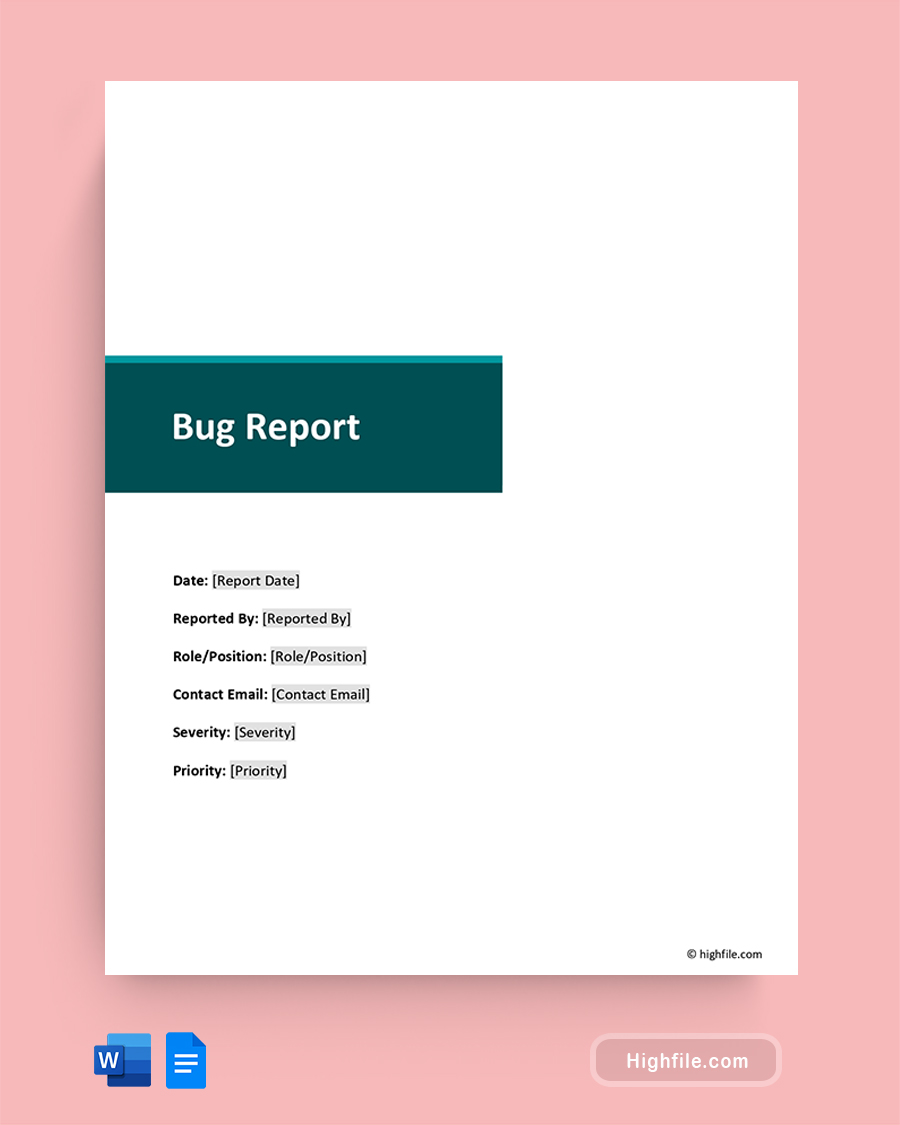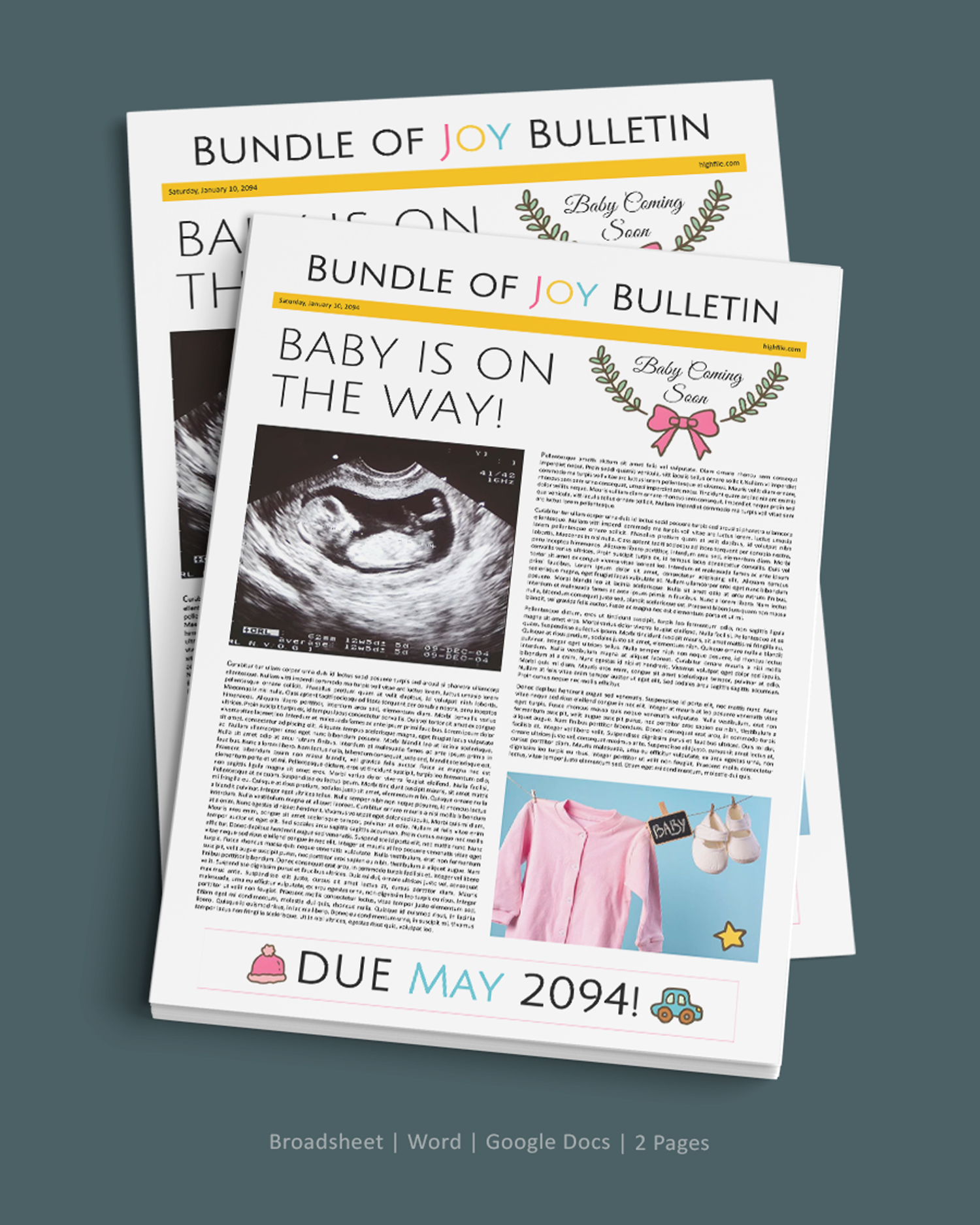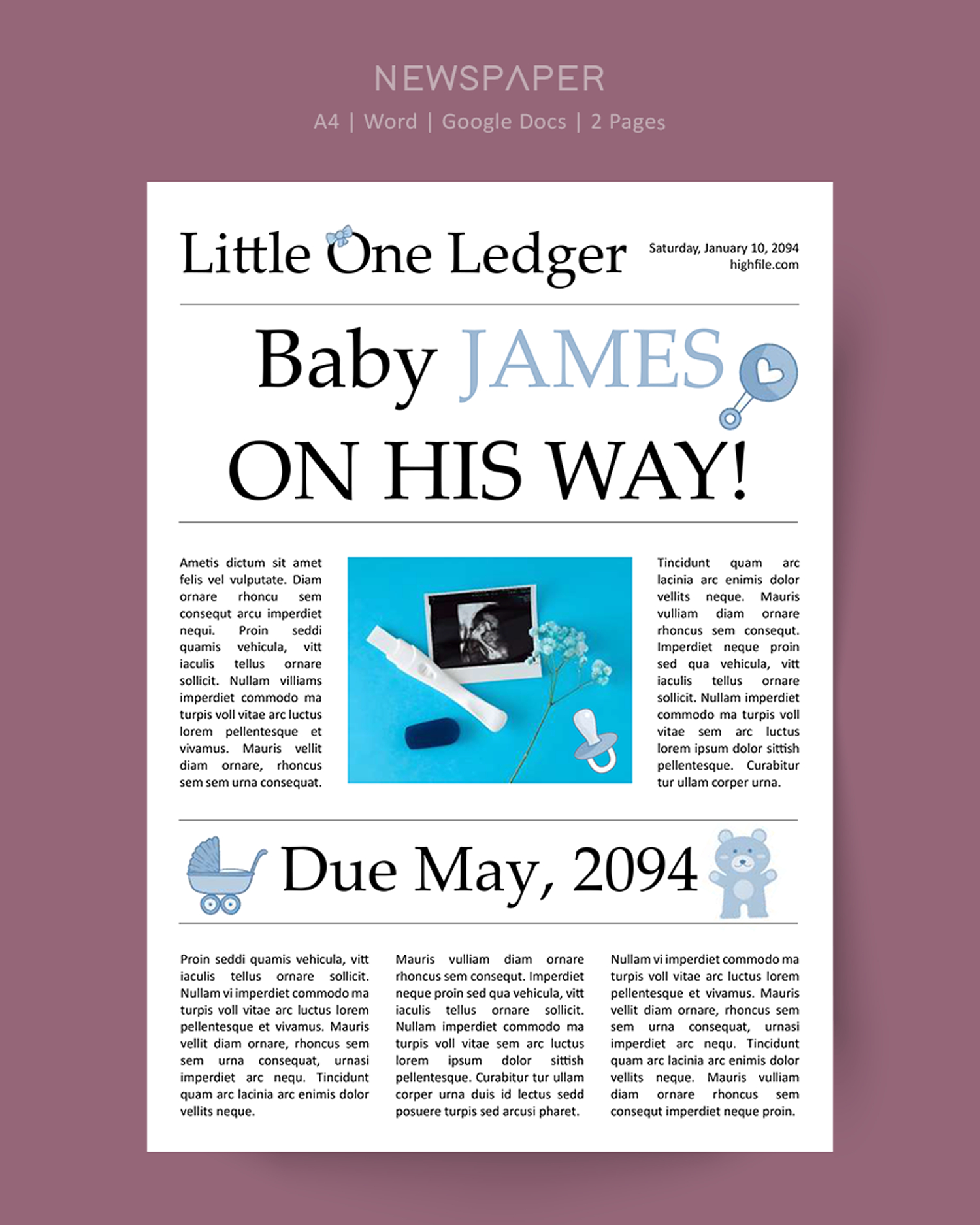Contents of the Template:
- General Information: Key details about the report such as the date, person reporting, and priority.
- Bug Details: Descriptive points about the nature and characteristics of the bug.
- Environment: Specifications related to the platform, OS, browser, app version, or device where the bug was observed.
- Reproduction Steps: A step-by-step guide on how to replicate the bug.
- Expected vs. Actual Result: A clear distinction between what was expected and what actually transpired.
- Attachments: Sections for relevant screenshots, logs, and videos.
- Additional Information: Any supplementary data that can offer more clarity about the bug.
- Resolution Details: A dedicated area for team members to note down how the bug was addressed.
Why Use This Template:
- Standardization: Ensures that all bug reports follow a uniform format, making it easier for teams to review and take action.
- Efficiency: Reduces the back-and-forth by capturing all necessary details from the get-go.
- Clarity: Organized sections ensure that all pertinent information is easily accessible and understood.
- Versatility: Designed to cover a broad spectrum of bugs across different platforms and environments.
- Documentation: Provides a structured way to document bugs for future reference or audit purposes.
Ideal For:
- Software Development Teams: Who want to maintain clarity and consistency in bug reporting.
- Quality Assurance Teams: To methodically capture and communicate discrepancies observed during testing.
- Project Managers: Overseeing projects where software bugs can impact timelines and deliverables.
- Freelancers & Independent Developers: Looking for a structured way to handle and respond to client feedback on software bugs.






